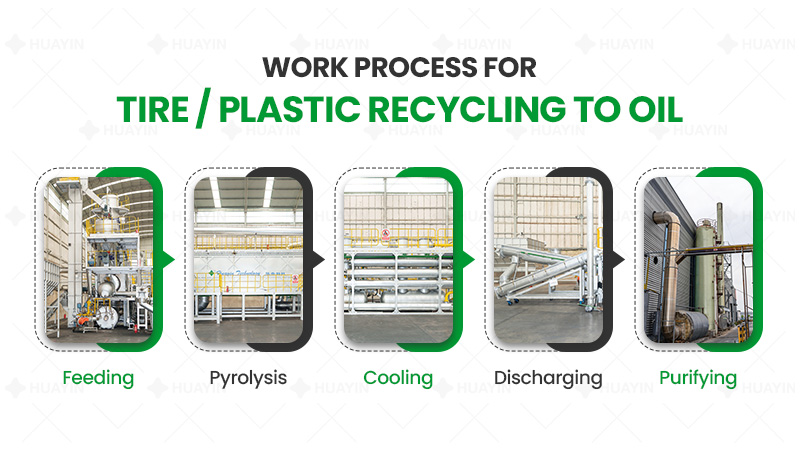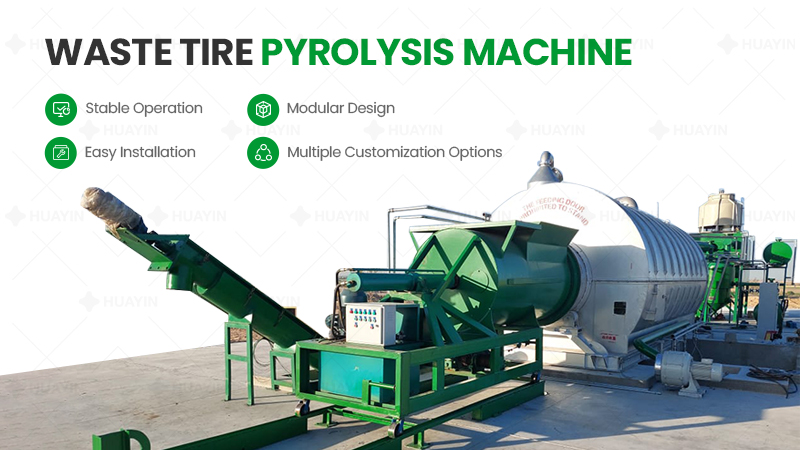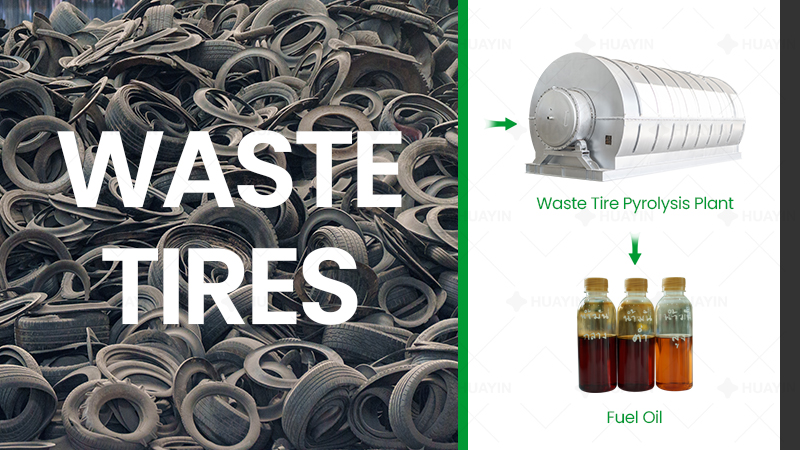
Pyrolysis can be considered environmentally friendly to some extent, but its overall impact depends on various factors, including the type of feedstock, the technology used, and the management of by-products. Pyrolysis is a thermal decomposition process that converts organic materials into fuel oil, solids, and syngas without oxygen. Here are some considerations regarding the environmental impact of pyrolysis projects:
Waste Reduction: Pyrolysis can be a valuable tool for managing certain types of waste, such as used tires, plastic waste, or oil sludge. Converting these materials into fuel helps reduce the amount of waste going to landfills.
Fuel Oil for Energy: The fuel produced in pyrolysis can be used as a renewable energy source. If it replaces fossil fuels, it can contribute to reducing greenhouse gas emissions.
However, it’s essential to consider potential environmental concerns and challenges associated with pyrolysis:
Emissions: Pyrolysis processes can release emissions, including volatile organic compounds(VOCs), particulate matter, and other pollutants. The environmental impact depends on the efficiency of the pyrolysis technology and the presence of appropriate emission control measures.
Energy Input: The energy required for the pyrolysis process, including heating, should be considered. If the energy input is high, it may offset some of the environmental benefits.
Pyrolysis has the potential to be environmentally friendly by addressing waste management issues and providing renewable energy, the overall impact depends on the specific project details and the careful management of potential environmental concerns. It’s crucial to assess each pyrolysis project individually and ensure that appropriate measures are taken to minimize environmental impacts.



